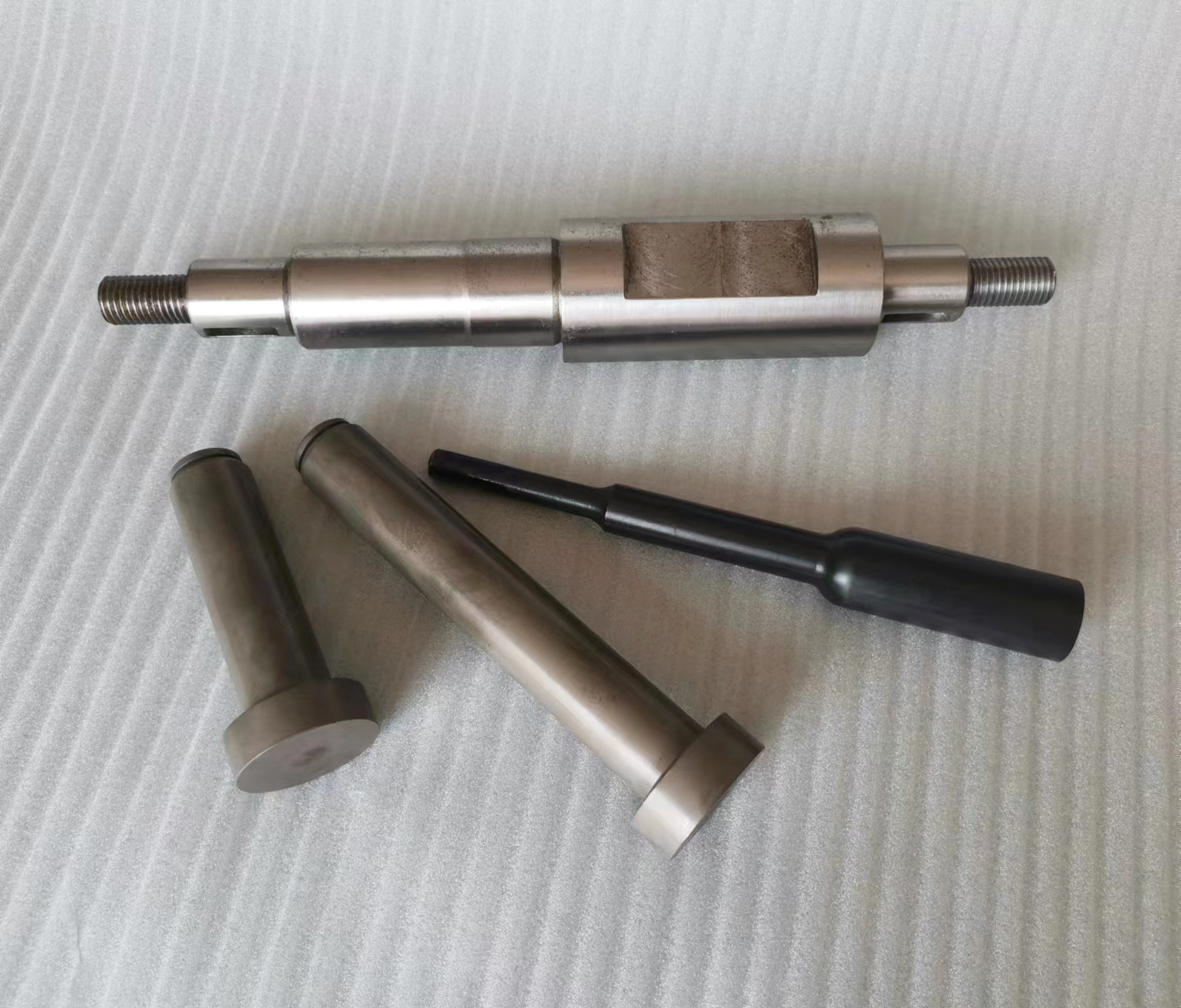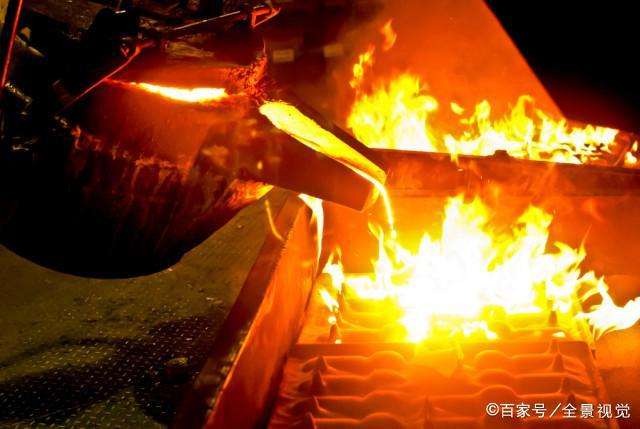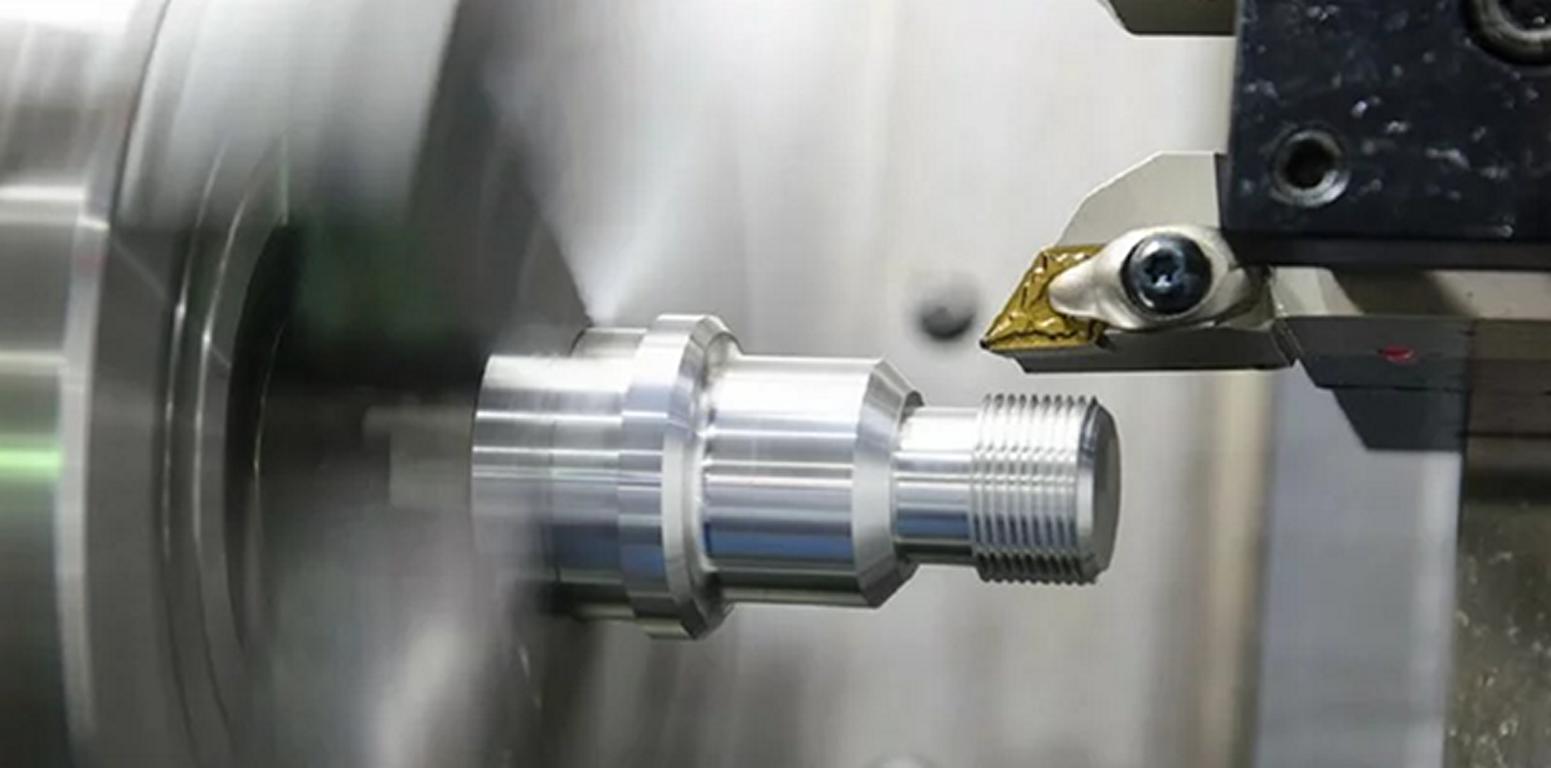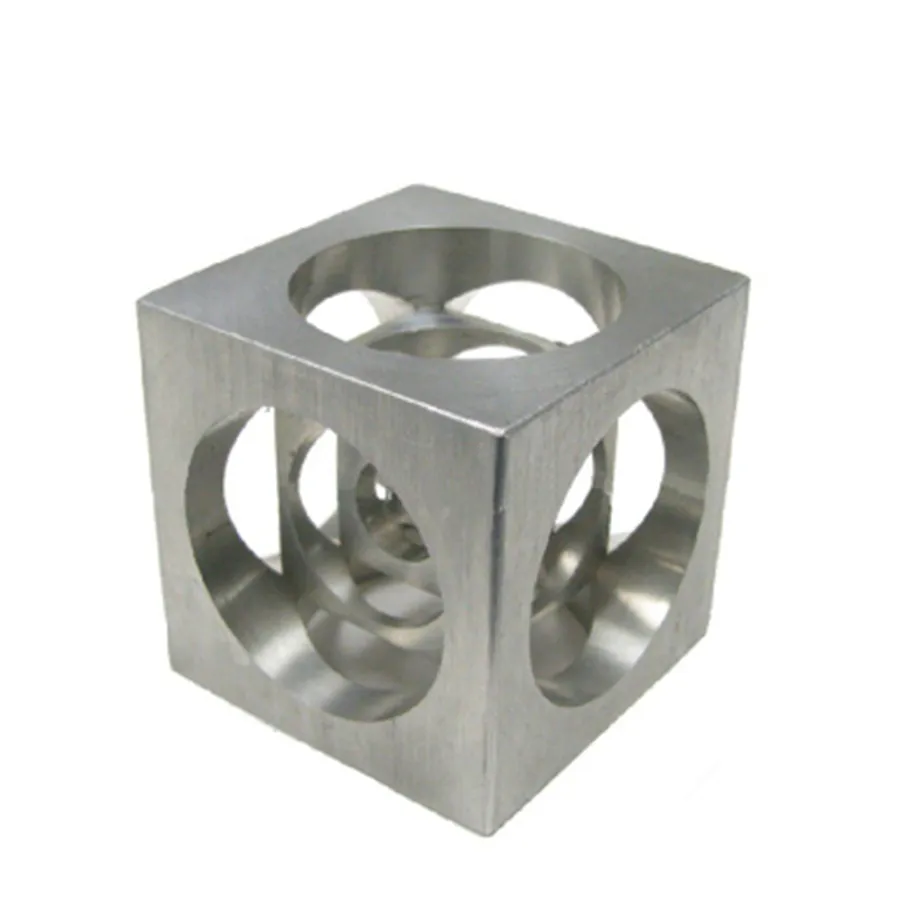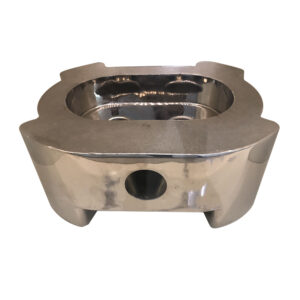
Heat treatment is a controlled thermal process that alters the physical and mechanical properties of metal components to meet specific performance requirements. Key stages include:
Pre-Cleaning
Remove contaminants (oil, grease, oxides) using solvents, alkaline baths, or abrasive methods.
Ensures uniform heating and prevents surface defects.
Heating
Components are heated to precise temperatures in furnaces (e.g., electric, gas, vacuum, or induction furnaces).
Temperature ranges vary by material:
Steel: 750°C–1300°C (depending on carbon content)
Aluminum alloys: 300°C–550°C
Titanium alloys: 700°C–1000°C
Soaking/Holding
Maintain temperature until the entire component reaches thermal equilibrium.
Duration depends on part thickness and desired microstructure changes (e.g., austenitizing for steel).
Cooling
Critical phase determining final properties. Methods include:
Quenching: Rapid cooling in oil, water, or polymer to harden metals (e.g., martensite formation in steel).
Air Cooling: For normalized structures or stress relief.
Furnace Cooling: Slow cooling for annealing to soften metals.
Post-Treatment Processes
Tempering (for quenched steels): Reheat to 150°C–650°C to reduce brittleness while retaining hardness.
Aging (for aluminum/steel alloys): Precipitation hardening at moderate temperatures.
Surface Treatments: Carburizing, nitriding, or coating to enhance wear resistance.
Quality Control
Hardness testing (Rockwell, Brinell).
Microstructure analysis (metallography).
Non-destructive testing (X-ray, ultrasonic) for internal defects.
Common Heat Treatment Types
Annealing: Softens metal for machining.
Normalizing: Refines grain structure.
Hardening: Increases wear resistance.
Stress Relieving: Reduces internal stresses from machining/forming.
Key Considerations
Atmosphere control (e.g., inert gas for oxidation prevention).
Fixturing to minimize distortion.
Compliance with standards (e.g., ASTM, ISO).
This process enhances properties like strength, ductility, toughness, and corrosion resistance, making it critical for automotive, aerospace, and tooling applications.

